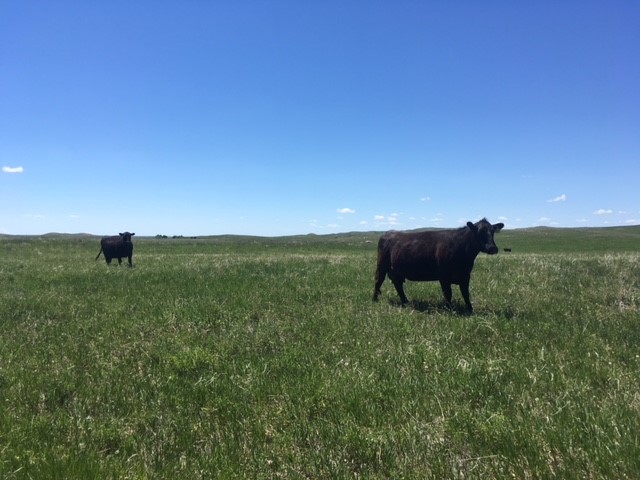
Corn silage for beef cows [Not all corn silages are created equal]
When it comes to corn silage for beef cows, there is more to consider than the average forage. Corn silage is more like a mixed feed due to the corn grain. Therefore, some of the conventional wisdom behind understanding a [...]



